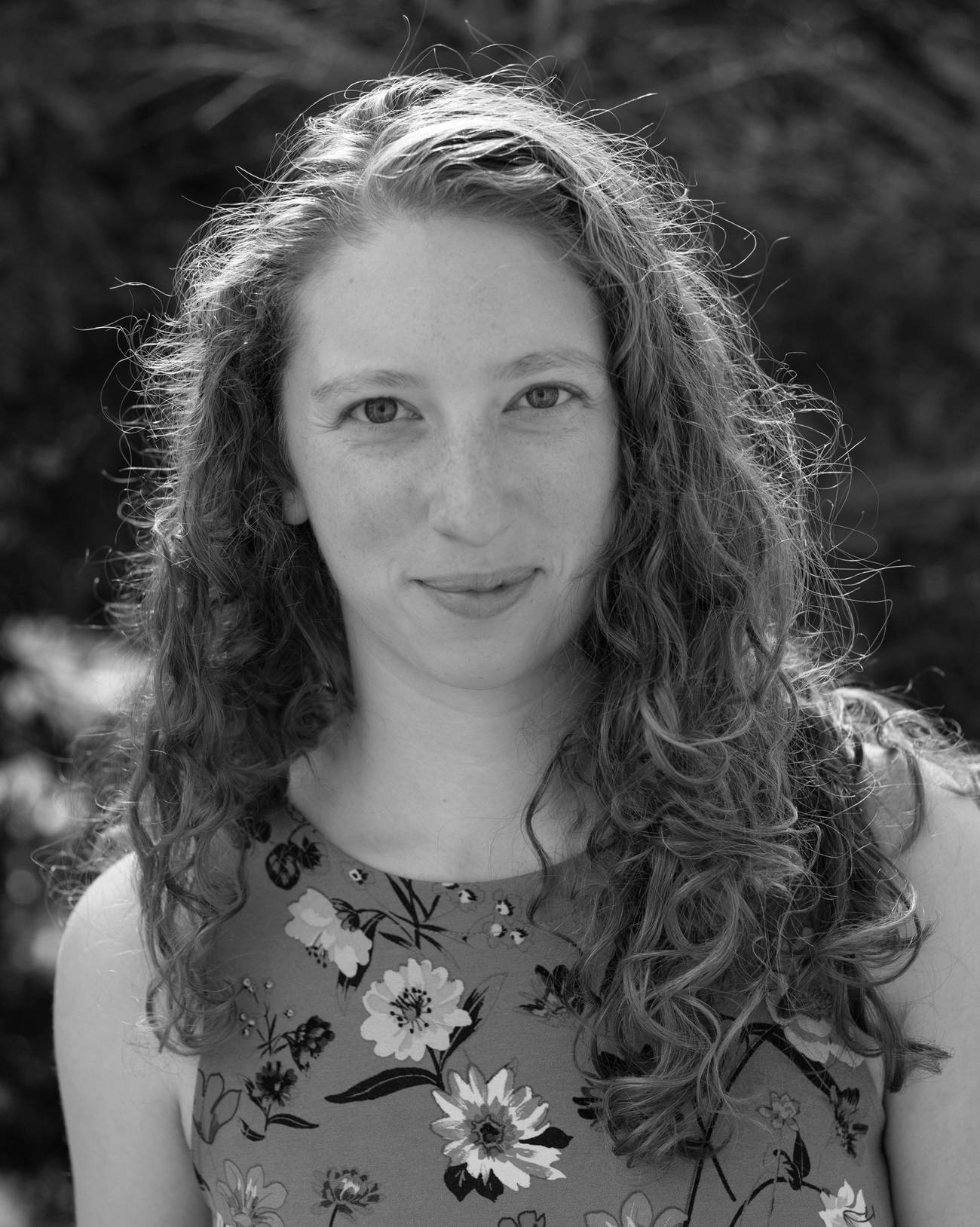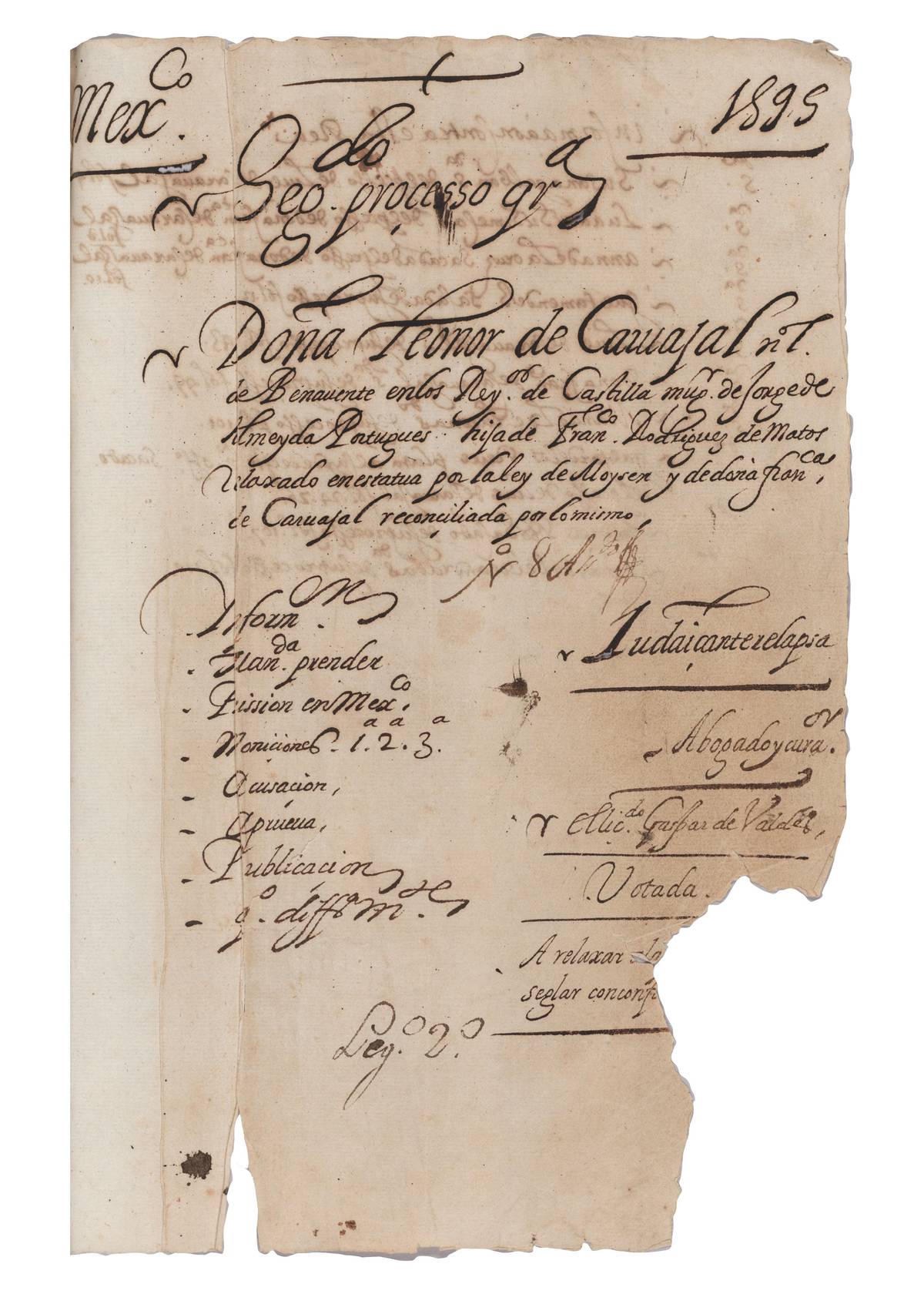Poems for the Conversos
Rachel Kaufman’s debut poetry collection explores the fragility of Jewish history, and all the places where it has already been broken




Poetry and history can seem like perfect foils. History aims toward precision and accuracy; poetry tends to favor ambiguity and subjectivity. If history’s staples are dates, borders, and names, poetry—especially contemporary poetry—transcends such details for the sake of the timeless and unnamable. But what happens when the factual history is lost, hidden, or erased, leaving only whispers and traces? It is then that poetry and history become one, entangled together in a powerful, mythic union.
Rachel Kaufman’s debut poetry collection, Many to Remember, published earlier this year by Dos Madres Press, is an example of such entanglement. Kaufman, who is also a doctoral student at UCLA, is a scholar of the Jewish history of Mexico and New Mexico, where she is examining oral testimonies and archival documents of the lost stories of conversos—forcibly converted Sephardic Jews from Spain, who attempted to escape the Inquisition by traveling to the New World, so as to sustain their covert practices of Judaism in relative, if short-lived, safety. The tropes permeating the conversos’ New World history are, broadly speaking, familiar: diasporic wanderings, persecution, resilience, hiddenness, sorrow—and yet, few details of these stories are known beyond scholarly circles.
In her introduction, Kaufman writes: “In jail, Luis de Carvajal el Mozo, famous crypto-Jew (Spain to Mexico, aboard his uncle’s conquistador ship), sent letters to his sisters inside peach pits, banana skins. His letters are now a book. The archive remembers and forgets—myth, history, the weeping of each into the other.” Carvajal’s autobiography is a rare primary source that offers insight into 16th-century Jewish Mexican history. It comprises his letters, which he attempted to smuggle out of his prison cell inside melons. These letters were intercepted by the Mexican Inquisition, which simultaneously preserved these letters with care and murdered their author. Kaufman’s writing is an attempt to bring us closer to this history while also depicting what it is like for a scholar-poet to encounter the archive, where deeply personal, precious narratives are buried under layers of violence, repression, and bureaucracy.
“It’s a hard history to trace because it was a covert religion. It was passed down with fear, it was taught to be a secret observance. Crypto-Jewish observance was mixed with other practices, becoming these entangled observances so it was less clear what you were passing down. And some people say they received these traditions without a name: They weren’t attached to Judaism or crypto-Judaism,” Kaufman explained to me, as we sat in a Los Angeles café, one late Friday afternoon. There was something otherworldly and surreal about learning history in this manner: Spanish Inquisition, then Mexican Inquisition, Seville, and New Mexico, refugees and colonizers, dangers and hopes, all many centuries old, all unfolding in front of me, as the city traffic continued zooming right by, like time itself. Learning Jewish history—particularly the parts I’d been ignorant of—always feels like its own kind of ritual, its own kind of obligation, perhaps one that calls for a blessing. So it only seems right that invoking poetry becomes the vehicle for learning these forgotten stories.
“The records are the Inquisition records, which are filtered through the Spanish Catholic lens,” Kaufman told me. In other words, to study crypto-Jewish history, one has to rely on documents written by the group that sought to erase this very history. Erasure becomes an indelible part of the story, and the experience of gaps in recorded knowledge must be attended to with as much care as any fact one finds. As Kaufman told me, for her, the challenge of the writing was “figuring out how to preserve absence while creating presence.” Reading the collection, the challenge I found also came in my encounter with the emotional burden of this absence, and what lies beneath it. The poem “Trial Number 23 (Translation)” is an example of such an encounter:
To the first question, he says he knows
the questions asked and those
who ask them and he
is thirty years old and running
towards or away. To the second
question he says he has heard
the question and it contains
many people and it was said
by all of them at once and rang
in his ears. To the third question
he falls to the floor and smiles.
To the fourth he says he has never
heard of such lies or such questions
and only an answer like this
could resolve a question
like that. To the fifth
he says he does not know.
To the sixth he begins to denounce
every truth he believes and
his lies slip like silver.
To the seventh the audience
loses interest and he begins
to foam at the mouth.
There is no eighth and the people
and questions stream out
into the street and everyone
ties their shoes and he remains
insane, driven to
luckless admittance,
rain pouring down
his pointed hat.
The poem is built around evasions, which are emphasized through sharp enjambments. Clearly, someone is being questioned here. While the very first line’s enjambment “he knows” seems to momentarily indicate cooperation or assent, on the very next line, the poem veers off, turning the tables around. Instead of answers, those inquiring face a mirror: “he knows/the questions asked and those/who ask them.” The respondent immediately offers further ambiguity that underlies the complexity of the Mexican/New Mexican converso predicament: “running/towards or away.” Indeed, running away to find safety, the conversos joined conquistador missions, themselves becoming Spain’s agents: escaping from the empire, they were further expanding the empire’s boundaries and possessions. If there is irony in that, it is a very disheartening irony, as is the fact that one may easily surmise the outcome of the trial taking place within these lines. The poem spirals through darkness into dark humor, absurdity and oddity. As Kaufman told me, “Inquisition records are laden with violence … [The question is] how to translate archival language into poetry and hold on to the elements of history and silence and strangeness of the archive—the way it is reaching me with things I’m able to touch and I’m not able to touch.”

In the first few pages of Many to Remember, we find a visual image of one such archival record from the trial of Leonor de Carvajal. Looking at it, it is impossible not to be struck by the gorgeous handwriting. Who is this scribe, taking the time to seal the verdict of a crypto-Jew while curling his capital letters into pure calligraphic beauty?
All through the collection, Kaufman offers allusions to her own family history, and in particular, her grandfather’s escape from Germany as the Holocaust began. There are parallels and resonances there for her, as she writes in the introduction: “I am seeing two stories at once, overlaid, overlapping, distinct. Through each, the other—desert sun reflecting off scrolls. Empathy, rather than comparison.” It is as if the two stories, in an empathic relationship, fill each other out, becoming, together, sacred texts, marked by the shared reference to the mythic biblical “desert” wanderings and revelations the poet invokes. It would seem impossible for stories to be both “overlaid” and “distinct” at the same time—and yet, isn’t that exactly how history, and our personal perceptions of history, work? As Kaufman said in our interview, “analogy is really tricky … but with poetry, the distinctiveness can be held more delicately.”
Certain poems in the collection, like the title poem below, seem to speak to both of her stories at once, and their entanglement, as well as, perhaps, a more universal story, too:
Break slate. Break marble. Break bread
over the sink. Break chimes, break glass, break time
in pieces like fingernails. Break blades
of grass, break glory (don’t laugh). Break
the oven and burn the toast. Break a person and
watch it melt. (The breaking is it.)
Break a ceramic plate, break the broom,
break the dustpan, watch the house
gather stones. Break the statue’s hand,
break the mother’s hand, break salt
over potatoes. Break in cycles,
break in patterns like plaid. Break snow,
break fall, break the fast
and watch the Torah
fall to the floor. Break windows,
break walls, break rocking chairs, break fingers.
Break spontaneity, break language, break dough and
bake it outside. Break the tent, break the wood,
break the matches in thirds, sit cold.
Break skin with tattoos, with numbers, with
labels. Break codes, break Eichmann, watch the trial
of evil’s left hand. Break through,
break free, break under barbed wire,
break up into the sky.
History is fragile, and to hold it is to risk its breaking, crumpling at the touch. Yet, perhaps, therein one is offered an understanding of the fragility that permeates not only the past but also the present—the poem, after all, is in the present tense. Here, “break” becomes a refrain, an implied ritual act, one that subsumes imagery that ranges from mundane to transcendent to personal, an investigation of everything that can be, and has been, broken.
History’s pieces do not arrive to us whole. But in poems, they are set afloat, as the poet puts it in “Me’am Lo’ez”: “We’re told/our souls will grow/accustomed to hearing echoes/of our customs—these chantings/set apart from myth to keep/some holiness adrift.”
To receive these pieces is to experience some of this holiness.
Jake Marmer is Tablet’s poetry critic. He is the author of Cosmic Diaspora (2020), The Neighbor Out of Sound (2018) and Jazz Talmud (2012). He has also released two jazz-klezmer-poetry records: Purple Tentacles of Thought and Desire (2020, with Cosmic Diaspora Trio), and Hermeneutic Stomp (2013).